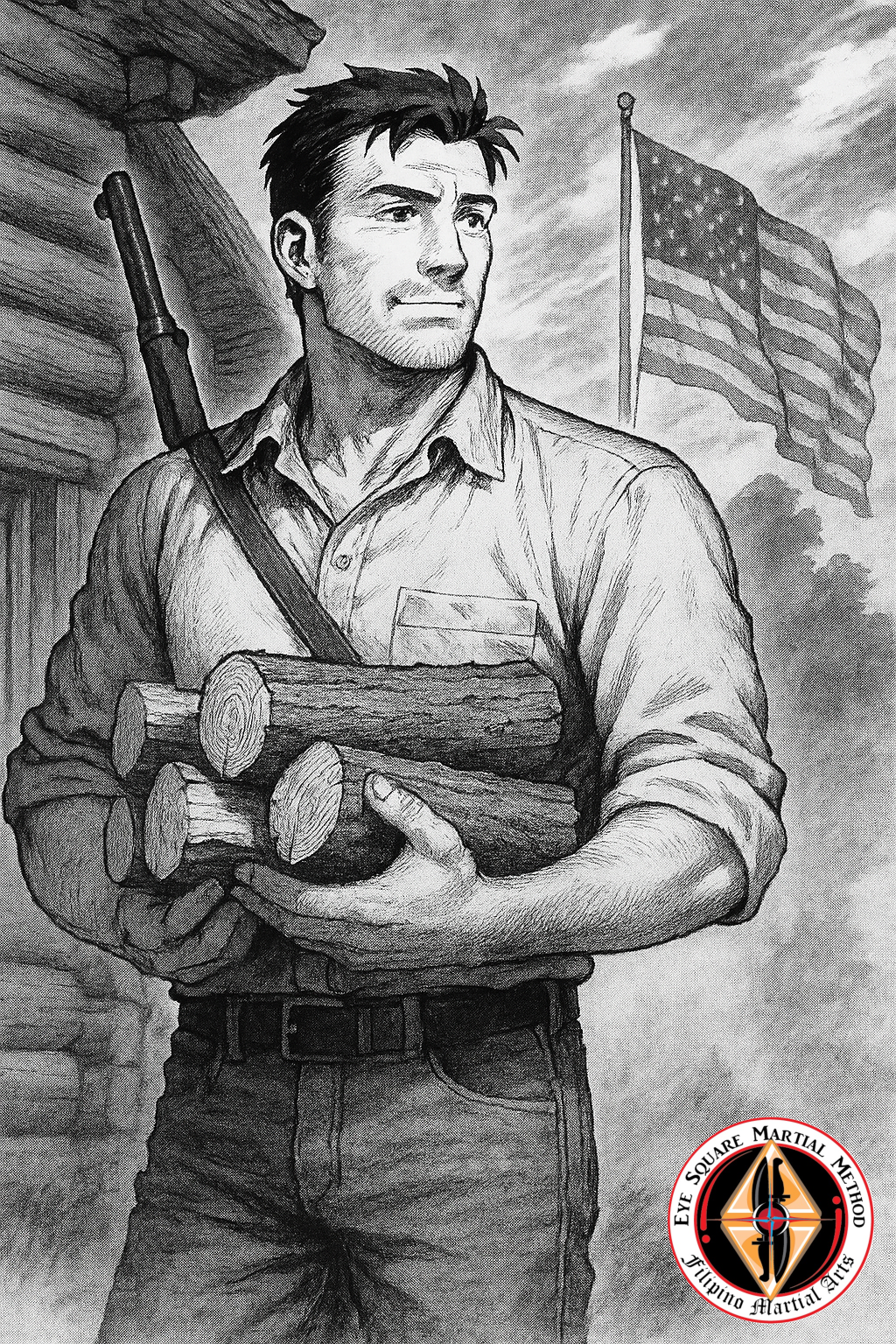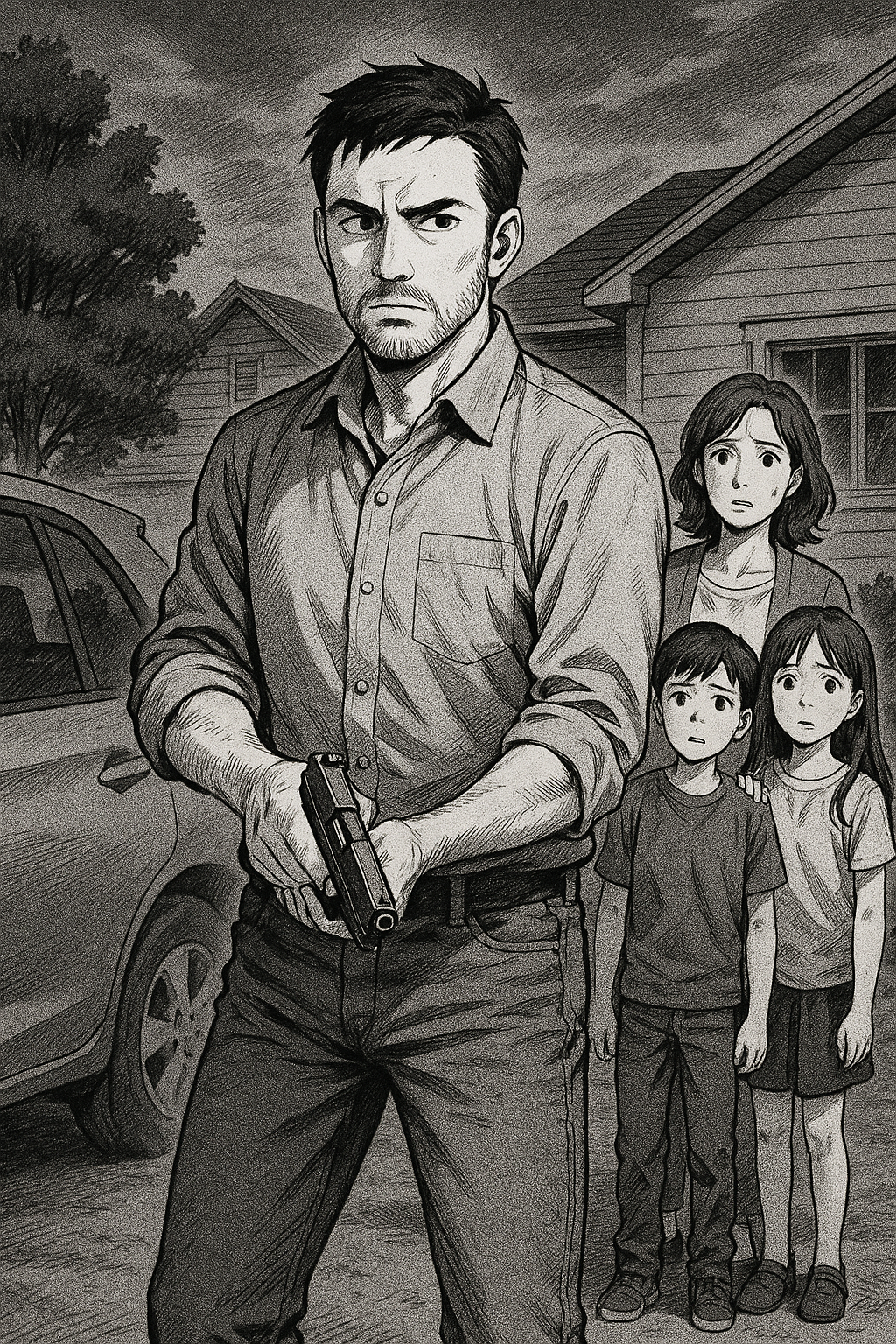The Frontier Legacy
America’s roots are steeped in the rugged independence of the frontier. Firearms were vital for protection and sustenance, and that necessity became part of the national character.
Even today, rural areas maintain higher gun ownership rates. According to Pew Research, about 67% of rural Americans either own a gun or live in a household with one, compared to just 31% in urban areas. This isn’t just geography—it’s culture.
Militia, Citizen, Protector
The notion of the armed citizen wasn’t abstract to the Founders. And it still resonates today. According to a 2022 Gallup poll, 44% of U.S. adults believe having a gun at home makes them safer.
Gun ownership is widespread: roughly 32% of Americans personally own a firearm, and about 44% live in a gun-owning household, according to Pew Research.
While gun control debates often focus on crime, defensive gun use (DGU) is a well-documented phenomenon. A CDC review cited defensive use estimates ranging from 60,000 to 2.5 million times per year, depending on the study. Even at the low end, that’s tens of thousands of Americans using firearms for lawful protection.
Gun Ownership as Identity
For many, firearm ownership is not just practical—it’s part of who they are. In the same Pew Research survey, respondents listed their top reasons for owning a gun:
- Self-defense (88%)
- Hunting (40%)
- Sport shooting (34%)
- Gun collecting (15%)
Nearly two-thirds of gun owners say they can’t imagine not owning a gun, showing how deeply tied firearms are to personal identity and autonomy.
What the Media Gets Wrong
The media often skews the portrayal of gun ownership. Real-life firearm users don’t resemble Hollywood vigilantes or nightly news villains.
According to Pew:
- 54% of gun owners practice regularly at a range
- More than 50% have taken a gun safety course
- 71% say that being a gun owner is very or somewhat important to their self-identity
And according to the Bureau of Justice Statistics, only about 8% of gun crimes involve firearms obtained legally—a stat that undermines many public assumptions.
Closing Thought
Behind the headlines and political noise is a quieter, more grounded truth: millions of Americans responsibly own firearms not out of fear—but out of a commitment to protect, prepare, and stand on their own feet.
Next up: we dig into the law itself—what U.S. firearms regulations really say, and how your rights vary from state to state.


